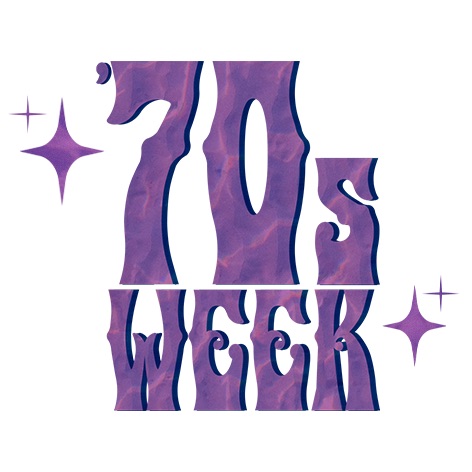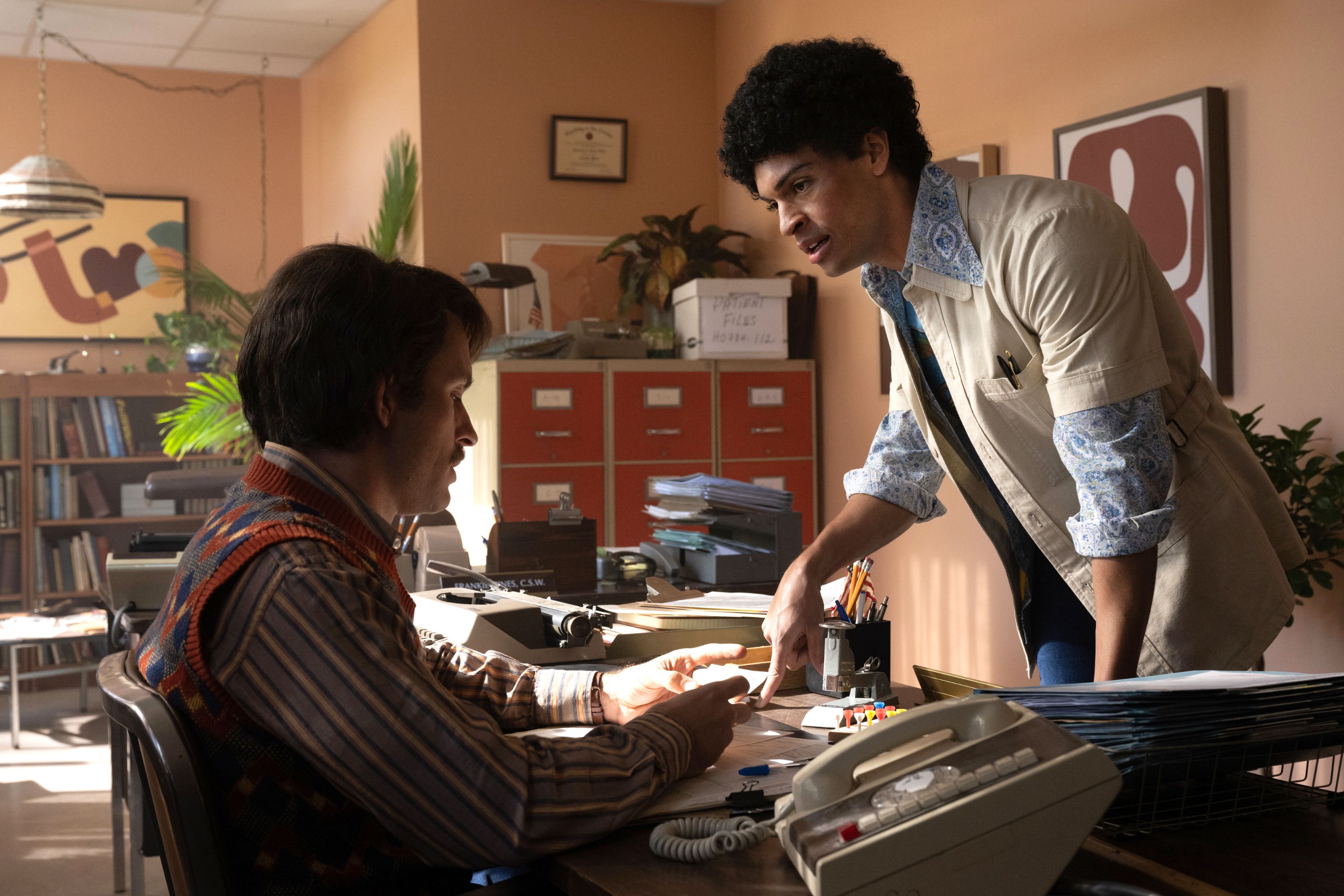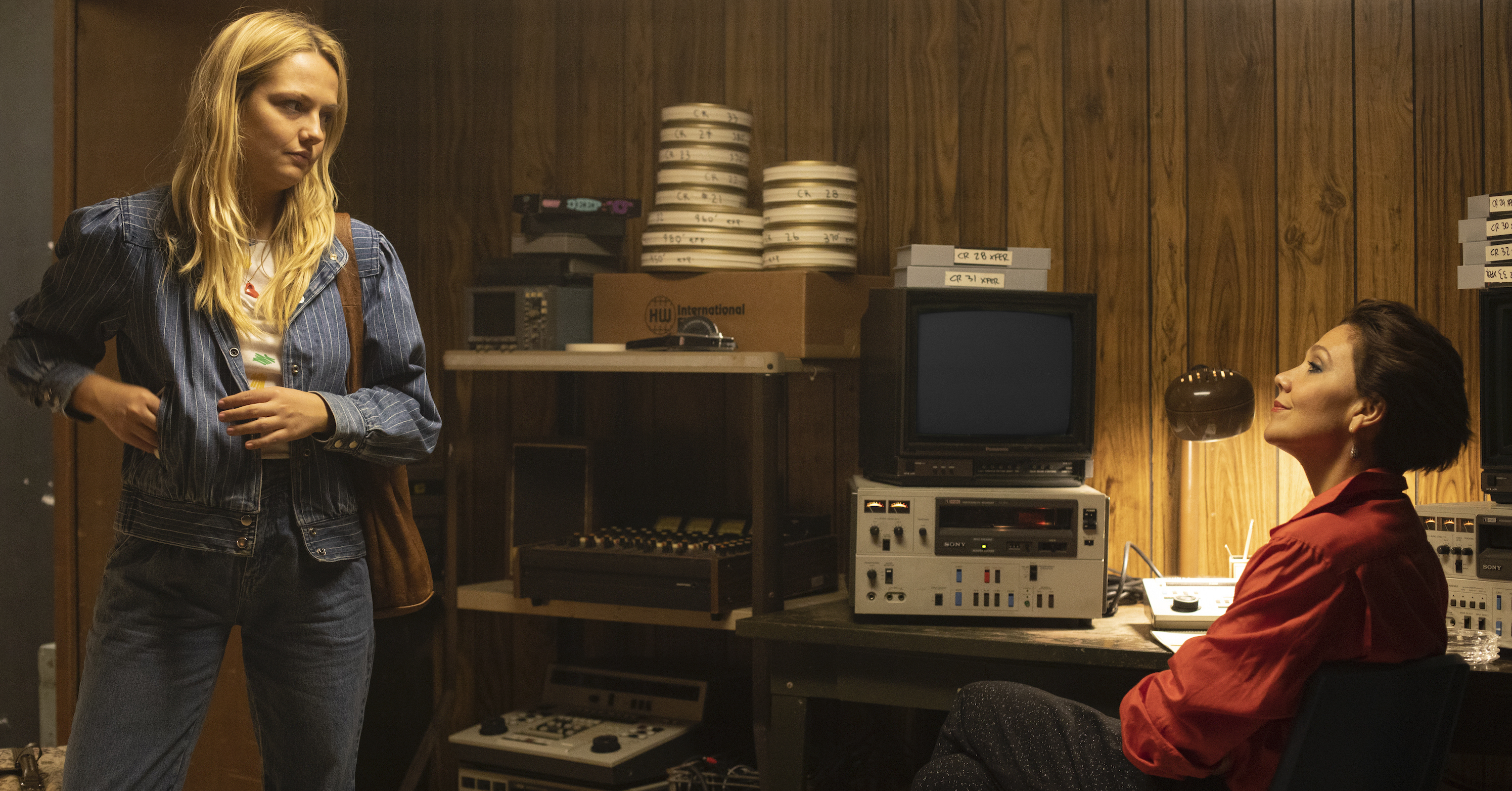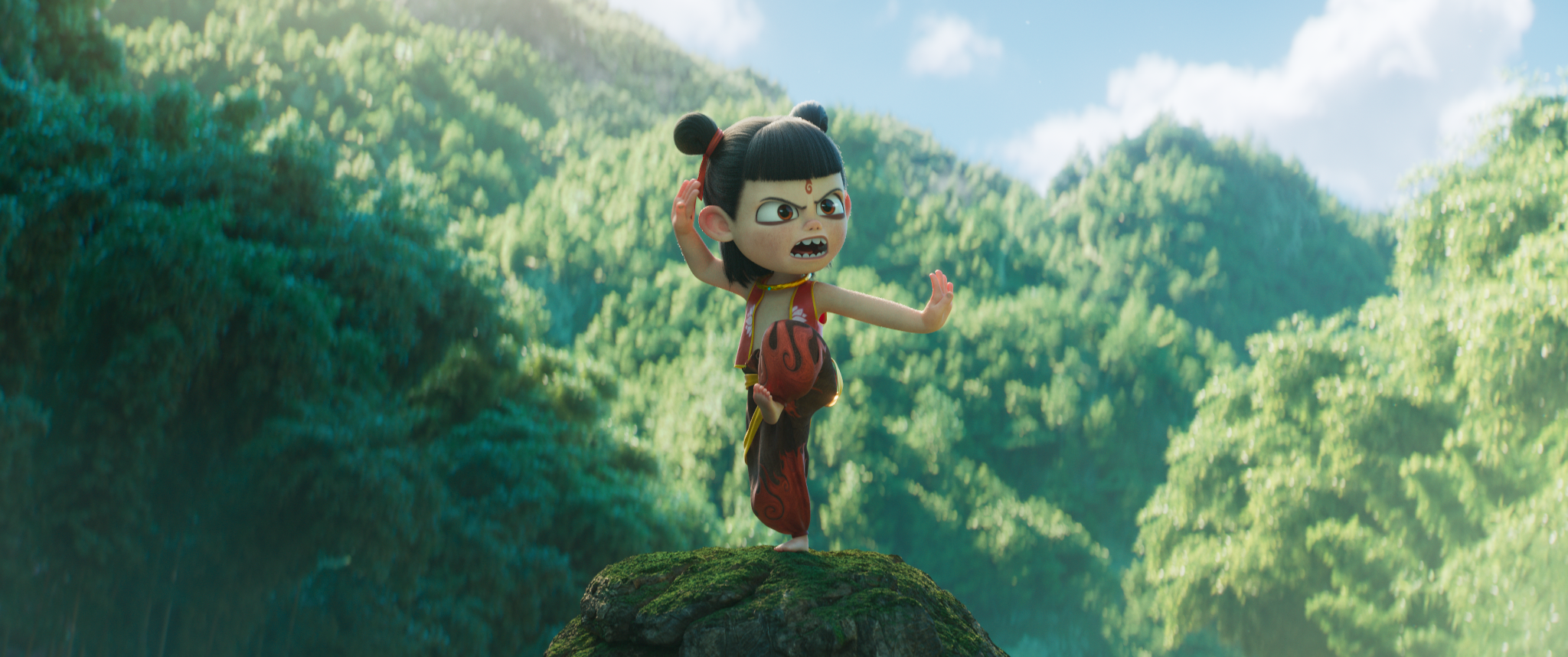
The idea of a “period piece” usually conjures up images of Georgian ballrooms and crenellated battlements. But now that “Time to Pretend” is a vintage track (how horrid), any TV show or film set in the back half of the 20th Century is firmly a period project; and the 1970s, specifically, might be one of the most challenging decades for contemporary movies and series to recreate.
There are a number of reasons why this is. IndieWire reached out to production designers who have worked on contemporary films or shows set in the 1970s — including Anastasia Masaro (“Fellow Travelers”), Curt Beech (“BlacKkKlansman”), Howard Cummings (“Behind the Candelabra”), Aaron Haye (“Bohemian Rhapsody”), and Beth Mickle (“The Deuce”) — to ask how difficult they’ve found the time period and none of them classed the ‘70s as easy.
They all highlighted ways in which our cultural awareness of the ‘70s can fool film crews and audiences alike into thinking we remember what the period should look like. But memory, just like a shag carpet, is tricky to maintain.

“It’s close enough to our time to feel familiar, yet so much has changed that every detail matters if you want to keep the world authentic and believable,” Haye told IndieWire. “For example, finding a location that still retains a true sense of the ’70s can be difficult. Small details like rooftop antennas, graphic elements, and of course, more obvious things like vehicles and architecture are essential to grounding a piece in that period.”
Yet, as Beech pointed out, a lot of the material goods actually from the ‘70s are of a lower quality than earlier decades and also more degraded than the period relics of the ‘80s and ‘90s. “Because of the [economic] downturn, products made and used in this period were of a lower quality than what the baseline is today. Because of this, they have largely been relegated to landfills. They had little value then, and did not retain it. The upside is, this all adds up to an interesting visual story to try to tell,” Beech told IndieWire.
Masaro told IndieWire that she and her team needed to rely on a lot of specialty shops and rentals in order to create an authentic sense of the ‘70s in her sets. “The thing that makes the ‘70s a little more manageable is that it’s still a highly desirable era, whether it be for the design or the nostalgia, so there are collectors who specialize in it,” Masaro said.
Cummings agreed that the one bright spot about working in the decade is the nostalgic desirability of the styles and items most associated with the period. “The color palette alone of the ‘70s just immediately transforms the visuals. Add in the exploration and use of textures… [it’s] heaven,” Cummings told IndieWire.

It only takes some diligent scanning on eBay, Chairish, and Facebook Marketplace to get to heaven, it turns out — at least when it comes to finding ’70s-appropriate furniture. Mickle told IndieWire that it’s not necessarily hard to find pieces from the decade, but it is tricky to use them in the right way, and in the correct proportion.
“The ‘70s saw a wave of more experimental styles [in] shapes and forms used in architecture, furniture design, and surface patterns, as well as clothing and vehicle design. But in recreating the period, it’s important to remember that these more extreme visuals weren’t seen everywhere all at once,” Mickle told IndieWire. “If that’s not kept in mind, it’s easy to go overboard and flood the frame with ‘70s cliches. The design can quickly feel like a caricature of the period.”
Beech agreed with the danger of flooding the zone; if he had any advice for others working on projects set in the ‘70s, it would be to remember that people did not accumulate so much stuff in the way that we do now. The temptation to fill the walls is something that production designers going for period accuracy have to fight against. “If you need to fill a space visually for a 1970s project, you will have to be more creative than cramming the walls with stuff. It’s going to be more about the basics of color, texture, and shapes than ‘things,’” Beech said.

Those signifiers of time period also have to be balanced with a lived-in sense of other time periods, too. Masaro’s work on “Fellow Travellers” is decade-spanning, but she said that the key was that she couldn’t hermetically seal the ‘50s and ‘60s away when it came time to design her ‘70s sets. “The thing I find with any period is [you can’t] focus too heavily on the decade styles themselves, without including design choices from previous decades,” Masaro said. “Layering previous decades with the ‘present’ makes it feel more realistic and less like an advertisement for the 1970s.”
Because the colors, textures, and geometric patterns that immediately scream “1970s” are such strong deviations from both contemporary design and a lot of what came before in the 20th Century, that balance is easy to get wrong or to tip into pastiche. “Only the 1930s are harder,” Beech said, about another era that maybe has become too iconic in our shared cultural imagination for its own good.
The ’70s require a great deal of patience to search out scarce resources, to sift through imperfect research material, and to combat our contemporary myths and misunderstandings that it was all waterbeds and egg-shaped chairs. “But if you aren’t excited about that challenge, you are in the wrong career,” Beech said. “I speak for all production designers when I say we live for the really hard assignments!”
IndieWire’s ’70s Week is presented by Bleecker Street’s “RELAY.” Riz Ahmed plays a world class “fixer” who specializes in brokering lucrative payoffs between corrupt corporations and the individuals who threaten their ruin. IndieWire calls “RELAY” “sharp, fun, and smartly entertaining from its first scene to its final twist, ‘RELAY’ is a modern paranoid thriller that harkens back to the genre’s ’70s heyday.” From director David Mackenzie (“Hell or High Water”) and also starring Lily James, in theaters August 22.



